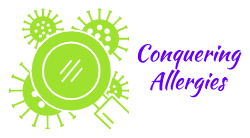Ethan's Tips
Most of my tips come from always watching out for Jocelyn and seeing her severe reactions every time she had an accidental exposure. Although I don’t suffer from food allergies myself, I do have some good tips for controlling symptoms of seasonal allergies.
Tip #1: Be knowledgeable and do your research.
It’s important to know what specific foods your friend/family is allergic to. In my situation, I knew exactly what nuts Jocelyn could and could not eat; and how to visually and tastefully identify them. This knowledge allows you to be vigilant about checking ingredient labels and choosing safe foods. Being aware of known allergens while double checking a label can ensure that there are no acute accidental exposures.
Are walnuts and pecans the same thing? No, but they are related and are part of the Junlandacea family. It takes a few seconds to learn these clarifications and can be the difference.
Tip #2: Be aware of cross contamination
It’s not only about what your allergic friend eats, but also about what YOU eat. Cross-contamination can be potentially dangerous depending on how sensitive and reactive your friend (or sister) may be to a particular allergen. If I was snacking on some peanuts, I would be mindful not to share the same utensils or straw. At self-serve stations, I try not to give my sister foods that are sitting next to her allergens.
Cross-contamination can occur almost anywhere, at home, in restaurants, at school or on manufacturing lines.

Tip #3: Be vigilant at buffets. Check the labels and ask!
Be aware of what you’re giving your friend, especially if you don’t know what it contains. For example, when I was around 7 years old, our family was staying at a hotel with a morning breakfast buffet. One morning, Jocelyn and I were browsing the selection of foods when she spotted a muffin on the counter that she wanted. She couldn’t reach it so being the good big brother that I was, I grabbed it and plopped right on her plate for her. She ended up reacting to the walnuts in the banana nut muffin. Although the walnuts are not visible, I should’ve been aware that banana nut muffins are a popular breakfast item.

Tip #4: Know what to do and be ready to take action.
In the case of an allergic reaction, I don’t hesitate to use life-saving measures such as an epi-pen. But this requires you to know: Is your friend equipped with an epinephrine auto-injector in case of an allergic reaction? If so, do you know its storage location? It’s important to familiarize yourself with its appearance and usage to be prepared to assist in case of a severe reaction. Knowing this can help you save your friend’s life in case of an emergency.
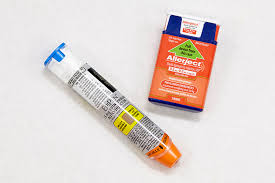
Dealing with seasonal allergies.
Tip #5: Take oral allergy meds consistently.
Zyrtec, Claritin, and Allegra are all antihistamines that are over the counter drugs. When you have an allergic reaction, your body releases white blood cells to combat the allergen as well as histamines that are behind the reactions you experience when allergies kick-in. These all work to combat the effects produced by histamines.
Zyrtec and Claritin both work for me. However, it is important to take them consistently every morning during allergy season. If you take it only once your symptom flares up, you are less likely to keep your symptoms under manageable control.
Overtime, one medication may become less effective so I switch over to the other option for awhile and continue to alternate. This is just my experience of what works for me and it may be different for you.
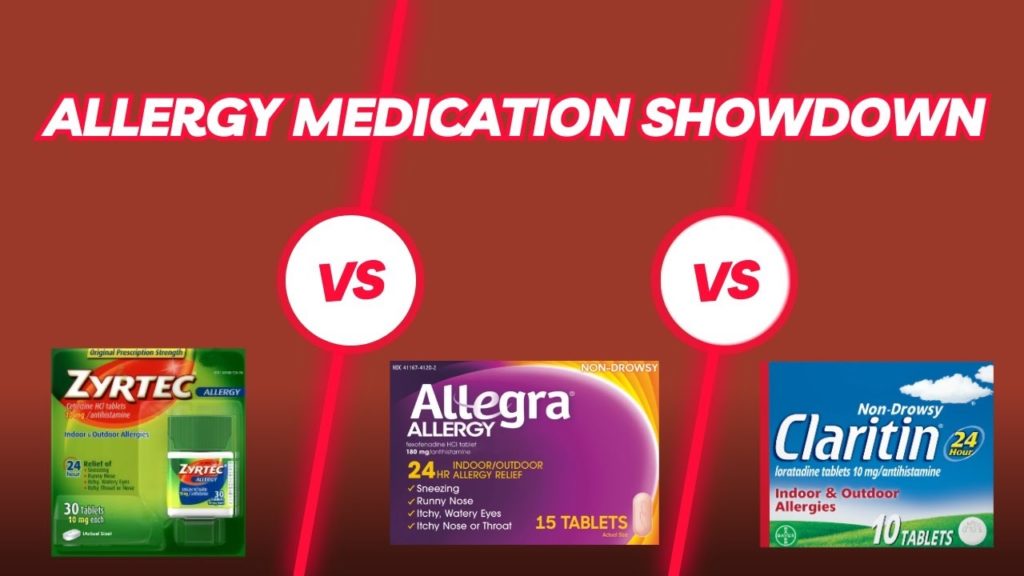
Tip #6: Treat eye symptoms with eye drops.
For those of you who know my family, you would understand why I would be an expert on treating my ocular allergies 🙂 (Thanks Mom!) Again, the key to treatment is consistency and using them daily during your most symptomatic times.
For mild symptoms, I use refrigerated preservative free tears to lubricate my eyes twice a day. The idea behind is not only moisturizing my eyes but flushing the irritants from my eyes. For mild to moderate symptoms, there are some good over the counter options. I usually recommend Pataday once per day or Zaditor twice per day. Both of these use to be available as prescription (and if your insurance didn’t cover it, it was very costly). They are both now affordable over the counter options.
Beware of using redness reliever drops. Look at the label to ensure you are not using any drop with a vasoconstrictor in it on a long term basis.

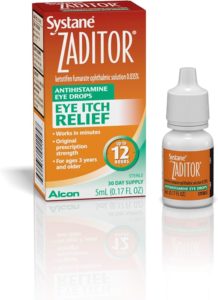
Tip #7: Target nasal symptoms with nasal sprays.
To target my nasal symptoms, I’ve tried Nasonex and Flonase. The key to effectiveness is using it consistently.
While these medications used to be prescribed, they are now conveniently available over the counter.
If you decide to treat with a nasal spray, please be sure to mention this to your eye doctor and primary care doctor. These sprays usually contain a steroid in it and some individuals are steroid responders, which means that it can elevate their eye pressures. This should be monitored by your eye doctor as higher eye pressures could increase one’s risk for glaucoma.

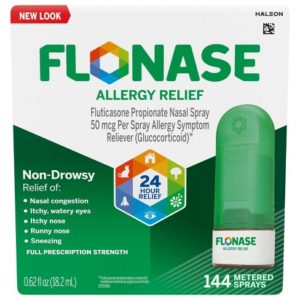
Tip #8: Try a nasal rinse: a more natural approach.
If you want to try something other than another medication, consider a nasal rinse. My pediatrician recommended this to me and it has worked wonders. She gave me a sample of NeilMed sinus rinse and now I do this rinse routinely.
It is pretty effective as it clears the source of allergies which is pollen mushed up with pathogens and mucus in your nose. Again, the key to effectiveness is consistency in usage.
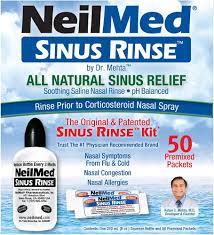

Tip #9: Change out of clothing at home
If you’ve been exposed to an abundance of pollen outdoors, change your clothes when you return inside. Pollen tends to cling to clothing, which may continue to trigger your allergies even after you’ve come indoors. Additionally, it can detach and adhere to your furniture, prolonging your allergen exposure. My best solution to this is just to change your clothes once you get home which can make your life a ton better indoors.
